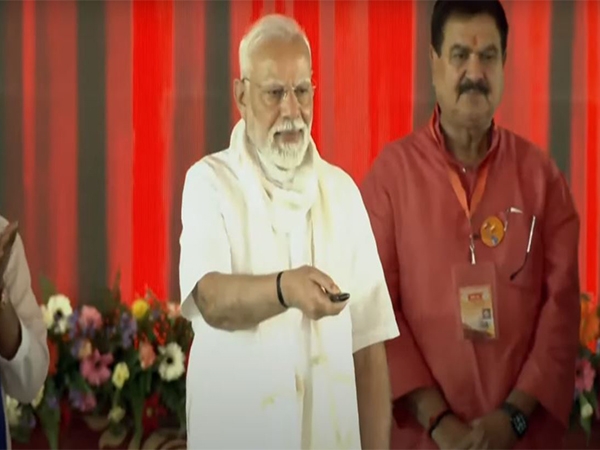
The World Health Organisation's latest report on air quality exposes not just the state of our cities' air, but also the bitter truth about our priorities.
Gwalior, Allahabad, Patna and Raipur are, along with Delhi, in the list of 10 cities with the worst air quality in the world. All four rank above Delhi. And except Allahabad, these cities were in last year's top 10 list too, along with Ahmedabad, Lucknow and Firozabad.
Yet, cities like these have escaped not just our attention but also air pollution litigation, measurement, and control.
Also read - Air pollution likely to cause 5,70,000 premature deaths in India
The national judicial bodies National Green Tribunal and the Supreme Court have largely paid attention only to air pollution in Delhi. Union Minister for Environment Prakash Javadekar has been tweeting about measures taken by his government to improve air quality in the National Capital Region, but has hardly spoken about other places. Debates and campaigns in the national media are framed around air quality in the capital.
The only major intervention by the judiciary in this regard has been by the NGT. In an order on 6 January 2016, the tribunal's principal bench led by its chairperson Swatanter Kumar, asked several states to file a comprehensive affidavit on air pollution in their cities - measurements of air quality along with the measures the cities are taking to reduce pollution. But even this order is limited to a set of 15 cities, all of which were suggested by the petitioners or government lawyers appearing in the case. And even in this set of cities, only Patna and Lucknow were included from last year's WHO list.
A mere affidavit does not compare with the large number of stringent orders courts have passed regarding pollution in Delhi, including a hefty fine for burning waste, banning old vehicles, restricting the entry of trucks (the NGT chairperson himself stood at the city-state's border to monitor compliance on the first day), and a recent face-off with diesel-run taxis.
In fact, when concerns about Delhi's air quality peaked last winter, the Supreme Court decided it would adjudicate all matters related to the capital's air. It hasn't shown this magnanimity to other cities.
What explains our collective blindness to air pollution in smaller cities?
For one, we aren't even measuring the pollution properly, or fairly. The WHO report shows that Delhi has the highest number of monitoring stations in the country. The central government, through the Central Pollution Control Board, has six monitoring stations in the city. The state government's Delhi Pollution Control Committee has six other stations.
Note, however, that the central government doesn't have any air pollution monitors in Gwalior, Allahabad and Raipur. It only has one in Patna.
In Allahabad, air quality data comes from just five monitoring stations run by the Uttar Pradesh Pollution Control Board; in Gwalior, from two stations set up by the Madhya Pradesh PCB.
There is no information on the websites of Bihar PCB and Chhattisgarh Environment Conservation Board about air pollution monitors.
According to WHO, Patna has two monitoring stations and Raipur three. In fact, except Patna and Delhi, none of the majorly polluted cities can even measure levels of the main pollutant PM2.5 (particulate matter 2.5 microns in diameter). Data for it has been extrapolated from PM10 numbers.
The environment ministry cannot claim ignorance, though. Under the National Air Monitoring Programme, it had collaborated with state PCBs and identified 95 polluted cities in 23 states and union territories. One wonders what happened to this.
According to the 2011 census, the four cities accompanying Delhi on the latest WHO list together have half as many people living in them as the capital. The population is far more if you include the larger district rather than just the metropolitan limits (as we should since air travels). But the bias towards the capital is hard to miss. Will the WHO report wake us up?
More in Catch -Is World Bank above the law? Aggrieved Gujarat fishermen find out it is
India's 10 year green report card: GHG emissions rose by 40%, CO2 up 60%
First published: 14 May 2016, 10:32 IST







![BJP's Kapil Mishra recreates Shankar Mahadevan’s ‘Breathless’ song to highlight Delhi pollution [WATCH] BJP's Kapil Mishra recreates Shankar Mahadevan’s ‘Breathless’ song to highlight Delhi pollution [WATCH]](https://images.catchnews.com/upload/2022/11/03/kapil-mishra_240884_300x172.png)

![Anupam Kher shares pictures of his toned body on 67th birthday [MUST SEE] Anupam Kher shares pictures of his toned body on 67th birthday [MUST SEE]](https://images.catchnews.com/upload/2022/03/07/Anupam_kher_231145_300x172.jpg)






